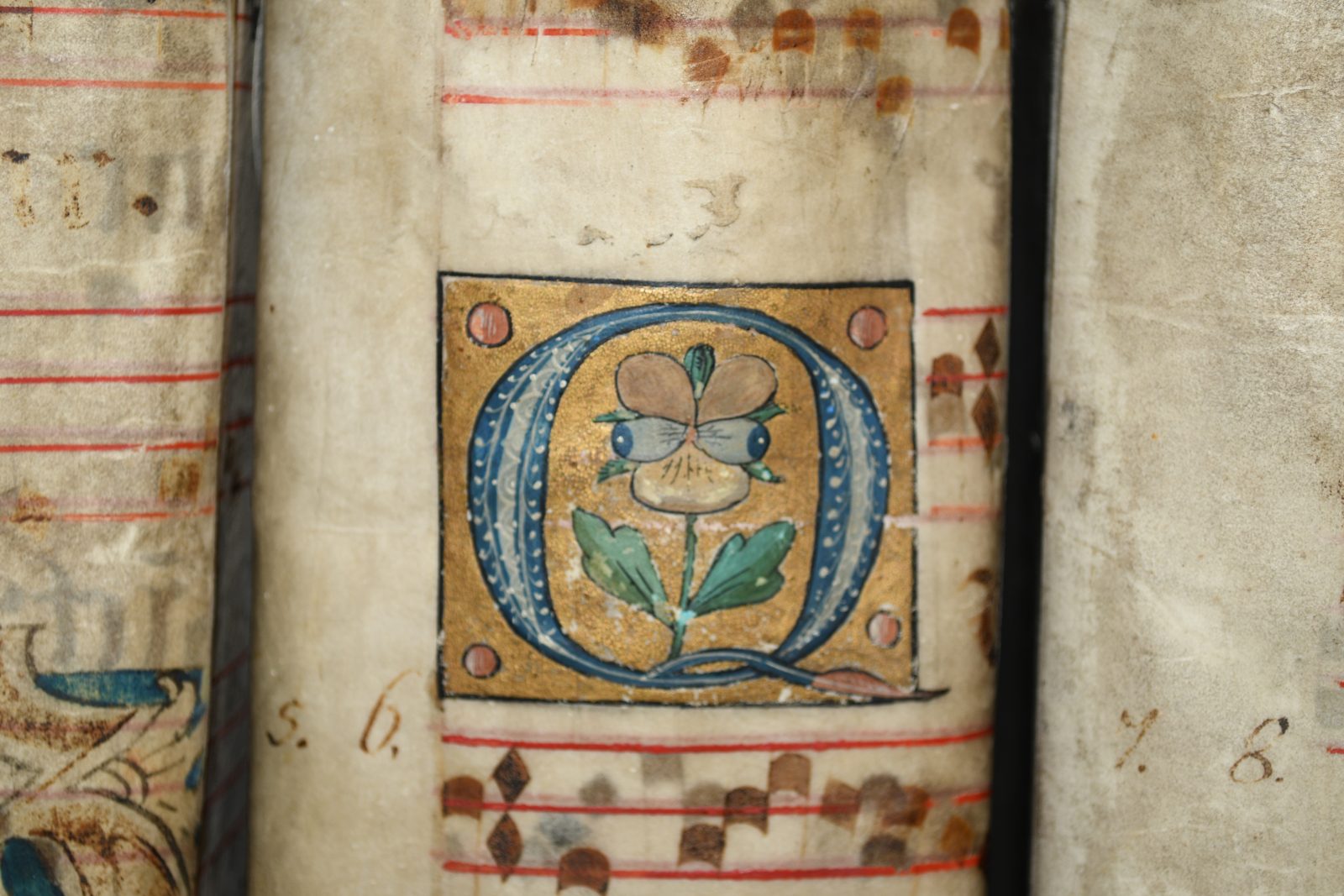An extraordinary conference took place on July 27th, 2021. It was extraordinary not only because it took place in the virtual space – to which we got used to in the last one and a half year – but because its program lacked traditional papers. Instead of the usual series of “20-minute paper, 10-minute discussion” it was a seven hour (from 3 pm to 10 pm) marathon of presentations, in which not less than 50 speakers could present their actual research results in 5 minutes with a slideshow of maximum 3 slides.
The time limit was beyond doubt annoyingly tight. Thus the otherwise indispensable laps of honour of introductions about research history, summaries of literature and the overview of contrasting opinions were sacrificed on the altar of speed and fluency. Although there were dedicated chairs, their role was limited to the brief introduction of speakers. There were no questions between presentations. There were no parallel sections, nor coffee breaks.
In spite of all these the event also had distinct advantages. However strange it sounds, at the end 5 minutes were not too short. It forced the presenters to speak about their chosen single academic achievement indeed severely, concentrating to the essentials. Naturally, not only they had to be quick, but the responders. Although there was no time for discussions, it was possible to maintain a lively background conversation using the chat function of the Zoom at its maximum capacity. The participants did so, and the private and group discussions, the sometimes interruptedly typed comments and technical additions created an almost familiar environment on the virtual stage.
The Cantus Planus Study Group of the International Musicological Society gathers the music medievalists: in a more confined sense, plainchant researchers, in a broader one musicologists researching the mono- and polyphonic high-culture of the Mediaeval East and West and its later succeeding. The Study Group has conferences in every two or three years. The current Cantus Planus Research Forum wished to compensate for the academic convention planned for last summer in Telč, Czech Republic, to bridge the timespan to the IMS’s 2022 Athens congress and to the next conference of the Cantus Planus Study Group planned for 2024 in Gödöllő, Hungary.
The Hungarian plainchant research was represented by three members of our Research Group: Zsuzsa Czagány, Gabriella Gilányi and Gábriel Szoliva. Their presentations formed an organic line of related themes showing three central chapters of the Momentum-project researching musical fragments since the autumn of 2019 in individual units: the Fragmenta Manuscriptorum Musicalium Hungariae Mediaevalis, website and database of codex fragments with music from mediaeval Hungary and its connection to the online plainchant melody catalogue, Melodiarium Hungariae Medii Aevi Digitale (Zsuzsa Czagány), the reconstruction of the 13th-century notated Esztergom breviary’s second volume (proprium de sanctis) based on the 258 fragments found in the Metropolitan Library of Zagreb (Gábriel Szoliva) and the website neuma.zti.hu organizing the musical notation of codices and codex fragments of mediaeval Hungary, also making them comparable and searchable (Gabriella Gilányi).
The complete program of the conference can be found here.
The presentations can be downloaded by clicking the titles:
- Zsuzsa Czagány:
Fragmenta Manuscriptorum Musicalium Hungariae Mediaevalis – the project and its spin-offs - Gabriella Gilányi:
Hungarian Neume Catalogue – Notation signs in medieval Hungary - Gábriel Szoliva:
A 13th-century Breviarium Notatum of Esztergom uncovered in Zagreb – Identification and iterative reconstruction
